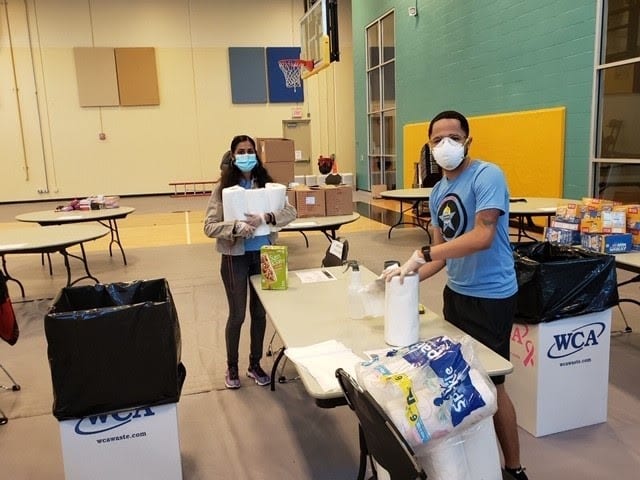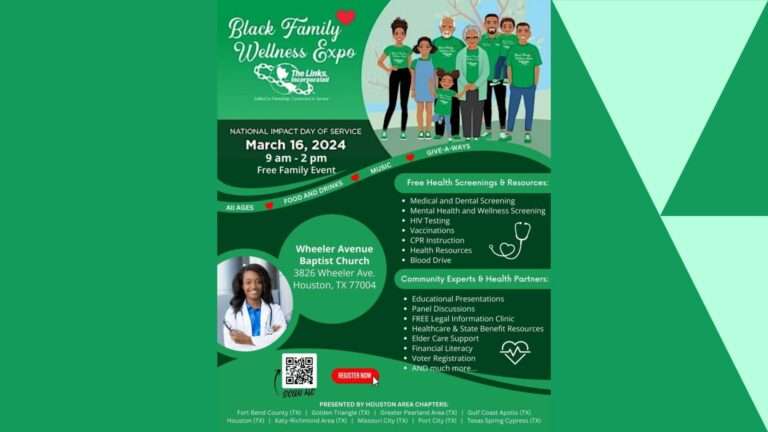Curriculum Associates, developer of the i-Ready Assessment suite used by one-quarter of K–8 students across the US, released an analysis of 2020–2021 Diagnostic assessment data in Reading and Mathematics. The data set, which included more than one million students nationwide in Grades K–8, offers the first large-scale look at the impact of the pandemic on grade-level proficiency relative to historical trends, a critical indicator of the impact of the pandemic on the lives and learning of American students. It also provides unprecedented insight into the disparate impact of school closures on Black and Latino students.
“In the fall, we released preliminary data suggesting that school shutdowns had exacerbated inequities for students of color and those enrolled in higher-poverty schools,” noted Kristen Huff, vice president of assessment and research at Curriculum Associates and a former senior fellow at the New York Regents Research Fund. “This analysis quantifies the enormity of the challenge by explaining the breadth of unfinished learning in our schools. It sheds light on the troubling reality that students in schools serving low-income and majority–minority student populations have been disproportionately impacted by the lost in-person instructional time.”
Key findings from the report include:
- This school year, students of color are more likely to be remote than their White peers.
- Majority Black and Latino schools saw the greatest increases in the number of students who are not prepared for the work of their grade in math and reading. For example, in math, the number of underprepared third graders in majority Black and Latino schools saw an increase of 14 percent and 10 percent, respectively, whereas White majority schools saw a comparatively smaller increase of five percent.
- Declines in reading and math proficiency rates are steepest for students in schools in zip codes where the median household income is below $50,000 annually.
- Winter reading proficiency rates are down when compared to historical averages, with especially acute declines in early elementary grades (i.e., Grades 1–3). For example, the percentage of first grade students who were prepared to do grade-level work was 36 percent—a decrease of 10 percent when compared to the historical average.
- Winter math proficiency rates saw even greater declines when compared to historical averages, with losses greater in elementary grades. For example, the number of fourth grade students who were prepared to do grade-level work was 36 percent—a decrease of 16 percent compared to the historical average.
“Educators and learners are doing heroic work to address unfinished teaching and learning, but the pandemic’s impact on existing inequities is very concerning,” said Tyrone Holmes, executive director of content and implementation at Curriculum Associates. “We’re sharing this data to create transparency around student learning during the pandemic and provide educators with a clear view of student needs. With the truest-yet picture of the current state of learning, our team is focused on supporting educators with instructional supports to help students access grade-level content and reach grade-level outcomes immediately and equitably.”
To read the research report, visit CurriculumAssociates.com/UnfinishedLearning.
About Curriculum Associates
Founded in 1969, Curriculum Associates has been a partner to classroom teachers and education leaders alike for more than 50 years. Our i-Ready assessments are used in one-quarter of K–8 classrooms to help educators identify learning opportunities and connect with high-quality resources and interventions. We are on a mission to bring awareness and resources to aid the work of educators and foster better learning outcomes for all students.
Media contact: press@cainc.com
SOURCE Curriculum Associates, LLC







